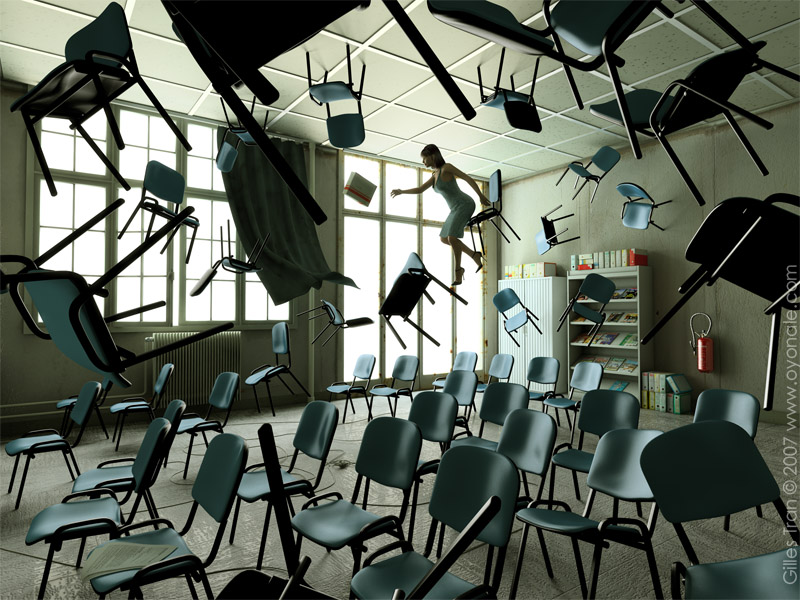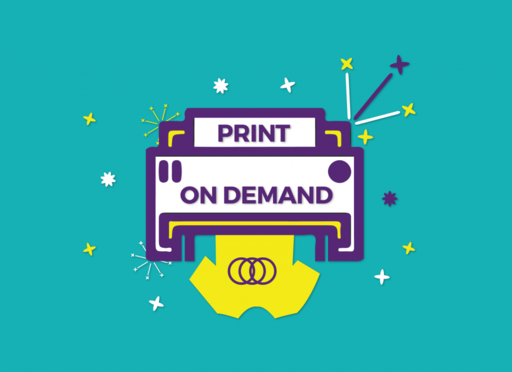The first ever exhibition of computer generated art was held at the Howard Wise Gallery in New York, in April 1965. It was entitled “Computer Generated Pictures”, as people agreed that the potentially dehumanising influence of the computer prevented the pieces in the show from being considered art in the true sense of the word.
The computer has since become a central feature of much contemporary art, be it in the execution, reconfiguration or reproduction of work. Entire artistic disciplines like algorithm art, software art and digital illustration have evolved with computers at their very core.
This article takes a closer look at seven contemporary pieces where computers have been used to fascinating and often beautiful effect.
1. "Google Color" by Pascal Dombis (2007-2009)
For this series of work, Dombis uses Google to search for images categorised under specific colours. It is not the colour of the image that's important, but the colour under which the image has been categorised by the search engine. Dombis then arranges the images into colour groups, creating large, often monochromatic, lenticular prints.
2. "Computer Virus 2.0" by Joseph Nechvatal (2002)
"Computer Virus 2.0" is an electronic virus-attack art installation. In other words, it's a video piece which documents the behaviour of a computer-generated virus. The computer virus has been specifically programmed to behave like a biological virus as it degrades and transforms one of Nechvatal's digital paintings.
3. "Blowing in the Wind" by Gilles Tran (2007)
"Blowing in the Wind" is one of many examples of Tran's surrealist 3D work. Tran is famous for his use of POV-Ray, although this particular image and much of his most recent work has been modelled with Cinema 4D. Tran allows other artists to download aspect of his 3D images (the fire extinguisher in this piece for example) from his website, for use in their own work.
4. "The Draftmasters" by Victor Adan, Jeff Snyder & Daniel Iglesia (2009)
This high-tech, multi-sensory piece combines performance with computer generated art. A computer is used to translate physical gestures, made by Adan and Snyder on stage, into vector commands that drive pen-plotter printers and printer inks. Iglesia then uses another computer system to convert the movement of the printers into 3D images for the audience to view.
5. "Every Playboy Centrefold, The Decades" by Jason Salavon (2004)
The four reconfigured photographic images in this series feature all the Playboy centrefolds from four particular decades (1960s, 1970s, 1980s and 1990s). Salavon creates his signature blurred photographic effect by overlaying numerous photographs and averaging the results by computer, to make a visual amalgamation.
6. "Abundance" by Camille Utterback (2007)
"Abundance" is a video installation that converts the movement of pedestrians, captured by a camera mounted in San Jose's City Hall plaza, into colourful silhouettes and patterns that are projected onto a nearby 3-storey rotunda.
7. "Falling Girl" by Scott Snibbe & Annie Lou (2008)
This interactive video installation depicts a girl slowly falling from the top of a tall building. Cameras situated in the gallery allow viewers to control the movements of figures who appear in the building's windows as she falls. The falling girl visibly ages on her descent, becoming an old woman before eventually hitting the ground.
